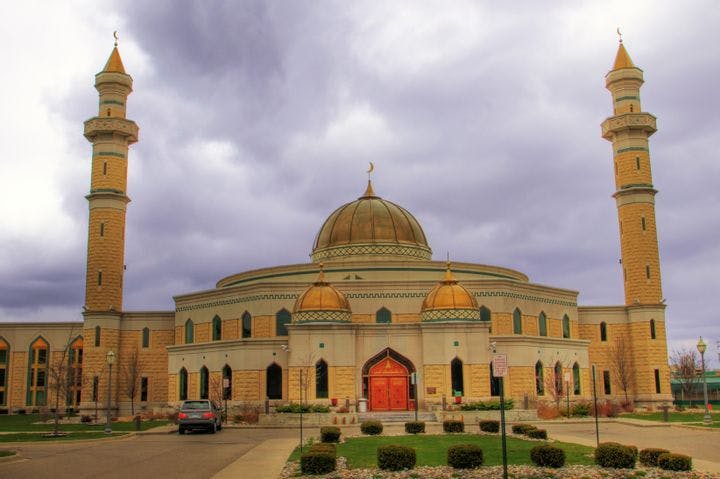Winter 2012
The Challenges of Assimilation for Muslim Americans
– The Wilson Quarterly
More than a decade after 9/11, U.S. Muslims are struggling to forge a distinctively Muslim-American identity.
More than a decade after 9/11, U.S. Muslims are struggling to forge a distinctively Muslim-American identity. One of their challenges, argues political scientist Peter Skerry of Boston College, is a “muddled” sense of loyalty to the United States.
Such confusion is common in the history of American immigrant groups. What’s distinctive about the case of Muslim Americans is the “lingering influence of Islamist leaders, institutions, and ideology” on the organizations that claim to represent them.
On the surface, Muslim Americans are highly assimilated. Numbering less than three million (not six to 10 million, as is commonly said), according to the Pew Research Center, they have levels of income and education that generally match those of the general population. About 60 percent are foreign born, and about 95 percent of those who arrived during the 1980s have since become citizens. (Unity efforts are hampered partly by the fact that the many Muslim Americans who have immigrated to the United States hail from a great variety of countries.) According to Pew, the majority rarely or never attend mosque services. Less than five percent of Muslim Americans’ children attend full-time Islamic schools.
But Muslims in the United States face a dilemma most other majority-immigrant groups have not: Many have felt that “their salvation was threatened by their very presence” in un-Islamic America, Skerry writes. In the 1970s and 80s, encouraged by Islamic thinkers such as Muzammil Siddiqi, Muslims often formed enclaves amid the green lawns of suburbia in a bid to remain faithful to Islam’s strict tenets. Be polite to non-Muslim neighbors, they were told, but remain close to Islamic institutions. Try to convert nonbelievers to Islam.
Even before 9/11, many Muslims were chafing at this “Islamic fortress” idea. After it, Muslim activists changed their tune, encouraging their coreligionists to vote and to fight for their civil rights.
But the major Muslim-American organizations, from the Islamic Society of North America to the Muslim American Society, were all founded by Islamists. They have not reconciled their ideology with their commitment to politics or renounced their origins. The Council on American Islamic Relations (CAIR) developed in 1994 out of a movement aligned with Hamas, which the U.S. government classifies as a terrorist organization. In a recent Gallup poll, only 12 percent of American Muslims surveyed said that any of these organizations represent their interests.
CAIR has played an important role in encouraging young Muslim Americans to “lay full and unapologetic claim to their rights as citizens, while admitting no corresponding duties,” Skerry asserts. But those followers, he says, “refuse to acknowledge that their organizations and leaders bear any responsibility for the suspicions that other Americans continue to harbor toward them.”
* * *
The Source: "The Muslim-American Muddle" by Peter Skerry, in National Affairs, Fall 2011.
Photo courtesy of Flickr/Ryan
